- The name of the business or organisation.
- The address of the principal place of business.
- The VAT registration number.
- Details of any VAT accounting schemes used.
So, this information will be recorded on the software (functional compatible software) used to submit your returns to HMRC each quarter.
Transaction data
For supplies made:
- The time of supply i.e., tax point date
- The value of the supply i.e. net value excluding VAT
- If multiple supplies subject to the same rate of VAT are made at the same time these do not have to be recorded separately. You can record the total value of supplies on each invoice that has the same time of supply and rate of VAT charged.
- If an invoice has supplies at different rates of VAT (eg, adult’s and children’s shoes) there must be a separate digital record for each rate of VAT charged. You must split the total value of supplies on the invoice and make a separate entry in the digital records for each rate of VAT charged. This is needed to meet the requirement to have a record of outputs value for the period split between standard rate, reduced rate, zero rate, exempt and outside the scope outputs.
Example 1:You sold 10 standard rated items and 15 zero rated items on a single invoice then you would only need to record the total figures for each of the VAT rates.
Example 2: Landlord uses a letting agent to rent out a number of properties. Each month the letting agent provides a summary of the rents collected and VAT charged. The business can treat all supplies covered in this summary document as if they were covered by a single sales invoice, rather than treating each invoice issued on their behalf separately.
For supplies received:
- The time of supply i.e. tax point
- The value of the supply including any VAT that is not claimable by the business.
- The amount of input tax to be claimed.
- If there is more than one supply on an invoice the business can record the totals from the invoice. There is no requirement to record inputs split by VAT rate.
All VAT registered businesses must keep and preserve certain records. If you decide to receive an invoice in a paper format and type the data contained in the invoice into a compatible software, you will still need to keep the invoice in its original form. However, if your invoices are scanned into your software using an App such a Receipt Bank so long as the image contains all the details you will no longer need to keep the paper version.
Where a business uses petty cash to buy small items such as pint of milk, these do not have to be individually recorded in the digital records. Any petty cash items costing less than £50 can be grouped together but the total cannot exceed £500 per entry. These are VAT inclusive amounts.
What is meant by functional compatible software ?
Your record keeping must be done in a software that is a functional compatible software, so it “speaks” to the HMRC portal i.e. it must always be through an API (Application Programming Interface) which is when two applications talk to each other.
The cloud accounting software products such as QuickBooks and Xero are API enabled. Bridging software is a digital tool incorporating relevant MTD API’s and there are also API enabled spreadsheets which are available.
There is a lot to digest here but we hope it gives you some clarity over what is expected from you to comply with MTD. MTD provides an ideal opportunity to bring efficiencies to your internal processes and improve your financial data. A move to the cloud could be answer.

Copyright 2024 © Myers Clark
Egale 1, 80 St Albans Road, Watford WD17 1DL
For Sat Nav please use WD17 1RP